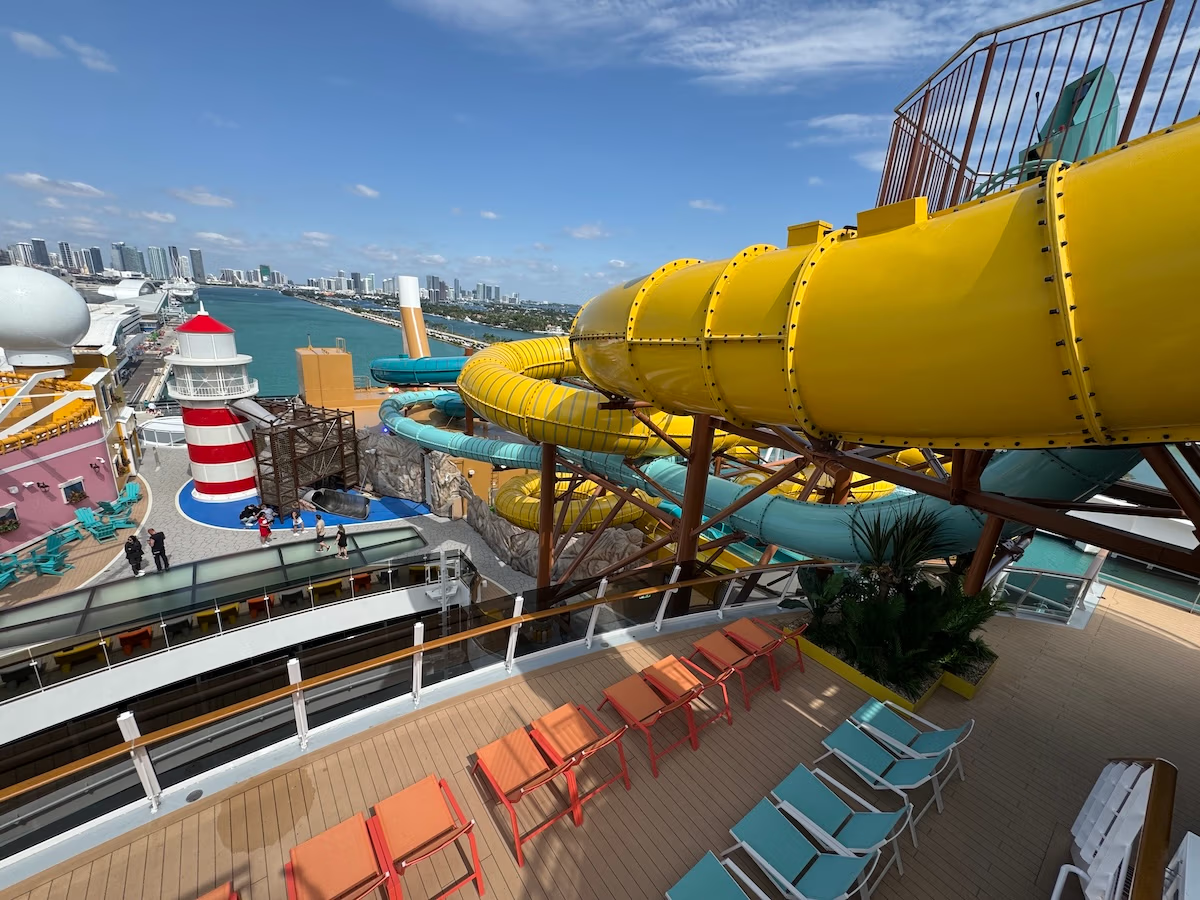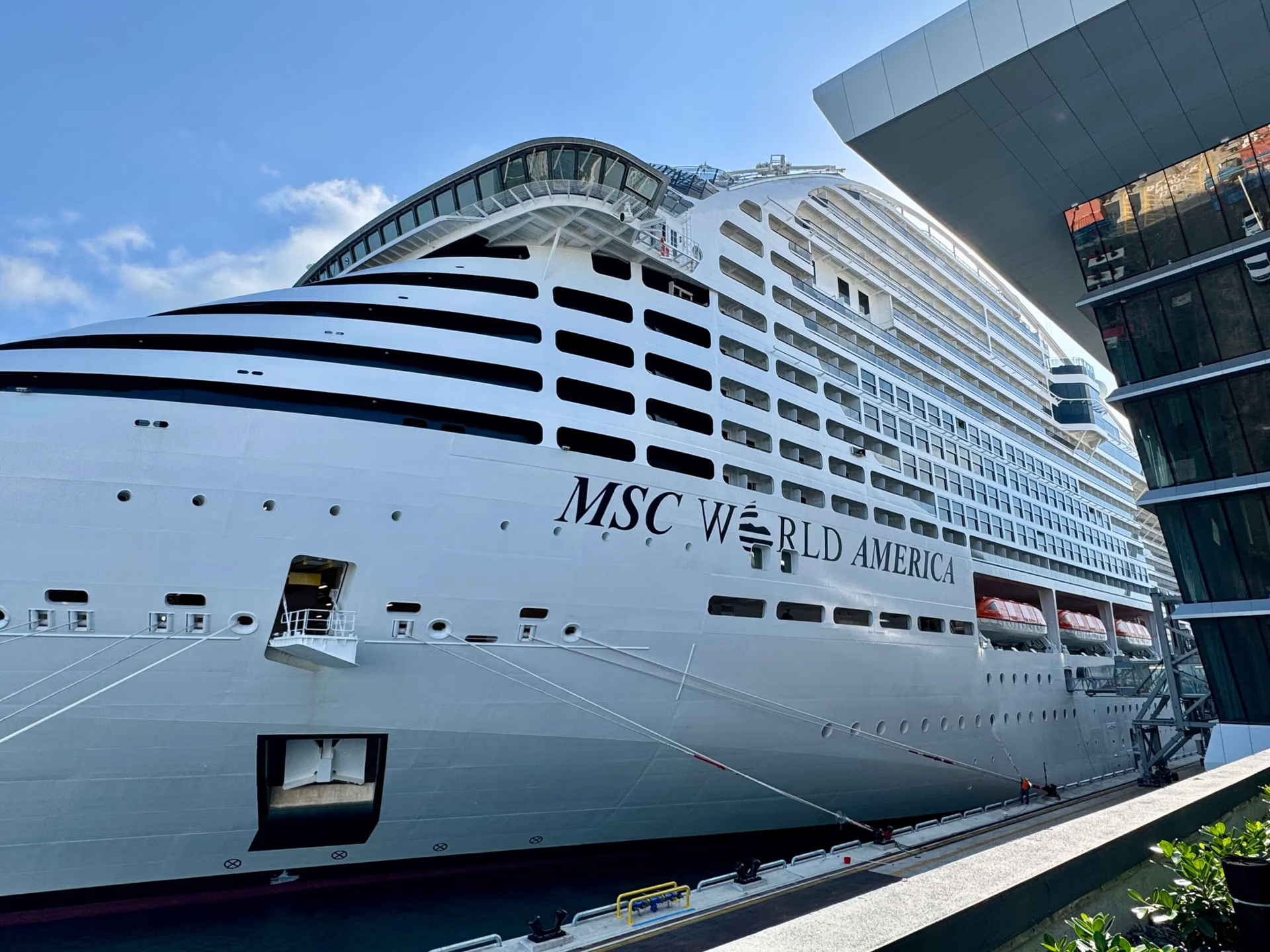Royal Caribbean has alerted passengers that two individuals who sailed on Symphony of the Seas in late 2024 were later diagnosed with Legionnaires’ disease, a rare and potentially serious form of pneumonia caused by Legionella bacteria.

The cruise line sent letters to passengers who sailed in October and December 2024, informing them of the cases after notification by the Centers for Disease Control and Prevention (CDC).
Neither guest was diagnosed while onboard, and Royal Caribbean emphasized that there is no evidence the infections originated on the ship.
“As a precautionary measure, we implemented heightened sanitation protocols and followed all CDC guidance,” Royal Caribbean explained in its letter.
These measures included enhanced cleaning of water features and surfaces, along with adjustments to operational procedures.
What is Legionnaires’ Disease?

Legionnaires’ disease is not contagious and is typically contracted by inhaling water droplets containing Legionella bacteria. These bacteria thrive in warm, stagnant water environments, such as hot tubs, pools, decorative fountains, or water misting systems that are not adequately maintained.
The CDC notes that most healthy individuals exposed to Legionella do not become ill, but those who do may experience symptoms such as fever, cough, shortness of breath, muscle aches, and headaches. These symptoms are often mistaken for pneumonia, which can delay diagnosis.
Rare Occurrence on Cruise Ships
While Legionnaires’ disease is rare, cases linked to cruise ships have been reported in the past. Between November 2022 and June 2024, the CDC identified 12 cases of Legionnaires’ disease connected to two cruise ships. Investigations into those outbreaks identified private balcony hot tubs as a likely source of exposure.
Unlike public hot tubs, which are subject to stringent cleaning protocols, private balcony hot tubs are often maintained less frequently.
In response to these findings, the CDC has recommended that cruise operators inventory all hot tubs across their fleets, test for Legionella regularly, and modify protocols to reduce the risk of bacterial growth. Suggested measures include draining private hot tubs between uses, hyperchlorination, and more frequent cleanings.
Advice for Cruise Passengers

Royal Caribbean is urging any passengers who experience symptoms after sailing on Symphony of the Seas to seek medical attention promptly and inform their healthcare providers about their recent travel history. Experts recommend passengers be cautious around water features that appear stagnant or poorly maintained.
According to the CDC, “Hot tubs and other water features can pose a risk for Legionella growth if not properly maintained. It’s important for operators to adhere to strict cleaning protocols to prevent outbreaks.”
Despite these concerns, incidents of Legionnaires’ disease remain exceedingly rare compared to other travel-related illnesses, such as norovirus. According to the CDC, an estimated 6,000 cases of Legionnaires’ disease are reported annually in the U.S., with only a small percentage linked to cruise ships.
Royal Caribbean continues to emphasize its commitment to passenger safety and encourages travelers with questions or concerns to reach out to their healthcare provider or visit the CDC’s website for more information.
The news follows a year marked by record norovirus outbreaks on cruise ships in 2024.






